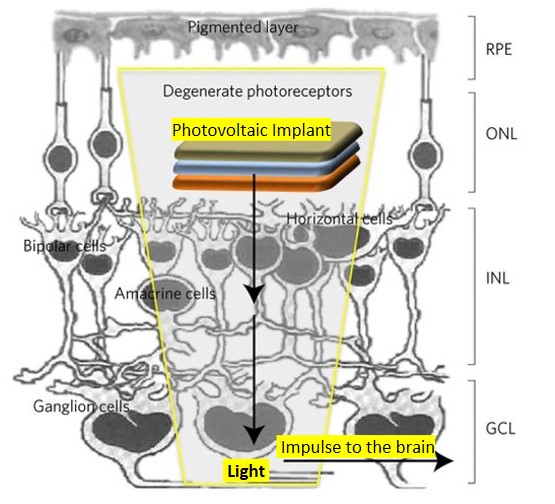By Parisa Moazzam
Approximately 2 billion people of the world’s population are living with the risk of reduced access to freshwater resources. As a result, three in ten people lack access to safely managed drinking water services and water scarcity affects more than 40% of the global population. Each day, unfortunately, nearly 1,000 children die due to unsafe water supplies. So, water scarcity is one of the largest issues facing us today.

Finding a clean water source and installing systems to transport this water to people is time consuming and very, very expensive. So, is there a simpler, cheaper way to solve this worldwide problem? The answer may come from a very unusual source – the Namib Desert Beetle.
I am Parisa Moazzam, a PhD candidate at UNSW, and my previous research has focused on looking to nature to solve human problems. In particular, as a scientist, I was interested to see whether nature could provide me with some clues to help modify synthetic materials (such as aluminium surfaces in medical devices) to make them more biocompatible (i.e. more resistant to bacterial attachment in order to reduce risk of infection for patients). Whilst pursuing this research, I realised we needed to look to nature for ways to alter the superhydrophobicity/superhydrophilicity of the surface. This is when my supervisor and I found a very interesting structure on the Namib desert beetle.
The Namib desert beetle lives in one of the driest areas in the world. How does it survive here? It turns out that the surface of the beetle’s back has a unique structure that allows it to collect tiny droplets of water from mist and fog. This process is effective and efficient, allowing the beetle to collect enough drinking water to survive in one of the harshest climates on Earth with little, to no energy expenditure. My colleagues and I wondered – is it possible for us to recreate the structure of the desert beetle’s back within the lab to mimic its unique properties?

We noticed that the underlying surface of the desert beetle’s shell was mostly hydrophobic (water repelling). However, it was covered in a series of bumps that were porous and hydrophilic (water attractive).
To mimic this, we used a fascinating biopolymer called polydopamine (PDA), and applied a technique called negative photolithography to produce a porous membrane surface. We then coated SU-8 surface with PDA to creating hydrophilic, porous bumps, just like the desert beetle’s back. We placed these PDA coated bumps on a hydrophobic material called polypropylene (PP) and measured how much water was collected by the new surface. We found the surface collected a very high rate of water from mist. Excitingly, we found not only was this structure economically viable to be fabricated on a large scale, but due to the porous nature of the polypropylene membrane, the water collection rate could also be substantially increased by using vacuum pressure which is shown in the below figure.


We managed to publish our findings in the Desalination journal. We even include details in our paper about how to fabricate the material into a water harvesting device that could be used for people to make clean drinking water. Importantly, by using a simple, cost-effective, green and rapid method of negative photolithography, we have found a means towards achieving fresh water in a humid environment without consuming energy. Thus, this material could be a possible solution to the world’s water crisis and help change the lives of millions of people.
So now that we have successfully created a synthetic surface that could harvest water from thin air, what’s next?
There are many other potential applications for these surfaces including open-air micro-channel devices, lab-on-chip devices, and controlled drug release coatings. Bio-mimicking the desert beetle’s hierarchical surfaces could be a pathway towards future work involving testing other techniques such as 3D-printing to scale up the work.
You can check out our work here: Link
Follow Parisa on Twitter (@parisa_mzm)





